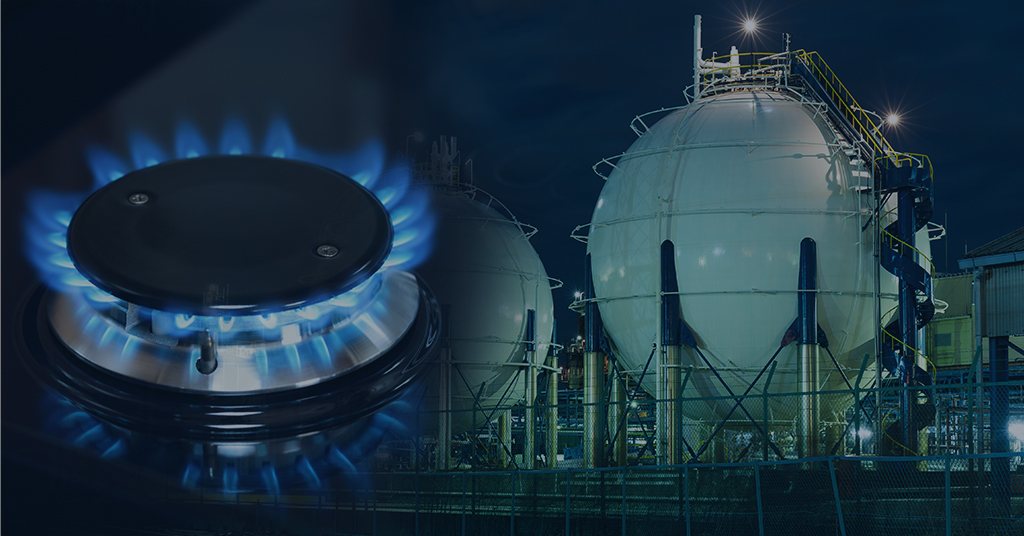Unlike in Europe, the US Formaldehyde price declines toward September end
- 06-Oct-2022 5:52 PM
- Journalist: Peter Schmidt
Hamburg, Germany- Prompted by rising demand from the downstream preservative and textile industry, the price of Formaldehyde gained a stance with tepid market fundamentals and higher bidding for new stocks. With the week ending on 30th Sept, the cost of Formaldehyde surged to USD 636/ton CFR Hamburg. The Formaldehyde market has been witnessing growth in Europe with large production capacities and high consumption from the end users.
High prices are prompting operating rates to decline and making import prices more attractive from the Netherlands for Germany and France. Over the past few weeks, elevated natural gas costs have affected feedstock chemicals such as methanol. For chemicals production units in general, including Europe's steam crackers, operations are under pressure due to the high cost of feedstocks, electricity, and rising plant operating rates.
The energy and utilities costs have also affected the downstream industries with higher production costs and disruption in supply/demand fundamentals for several commodities including Formaldehyde. Regional Formaldehyde players are still trying to increase the production rate to cope with consumer demand.
In the USA, with rising gas inventories and easing energy and utility costs, Formaldehyde prices declined gradually, supported by a slowdown in downstream industrial production applications. Downstream textile and preservative enterprises operated carefully per the market's prerequisite. In the feedstock Methanol market, costs slumped with oversupplies and lower offerings for new stocks. Deterred market essentials and restricted exports to South America and Canada made it challenging for the producers to raise the costs further.
According to ChemAnalyst, the price of Formaldehyde may decline in the forthcoming weeks due to the declining demand and relaxation in feedstock Methanol prices. Regional inventories for Formaldehyde in Europe and the USA will surge, and oversupplies will fade the wide demand-supply gap resulting in a price drop. The European trading market will decline with lower exports from the Netherlands to Germany and Belgium to other European regions. Lower freight costs will make transportation subtle, and sufficient vessel availability will provide ease for Petrochemical.


